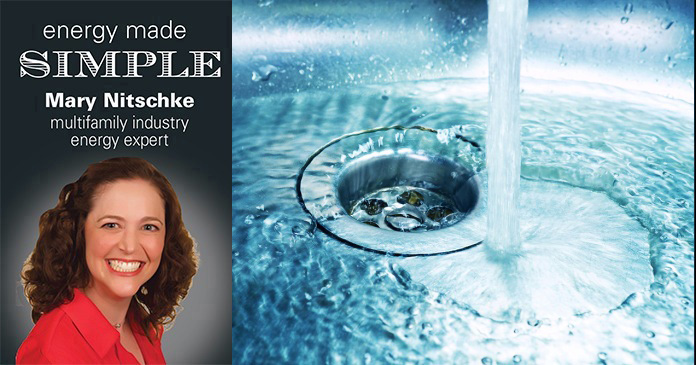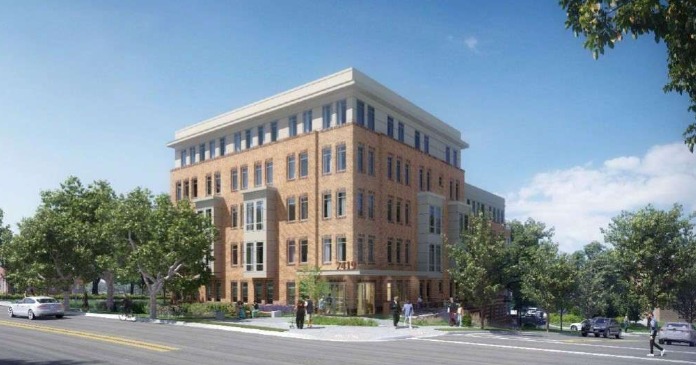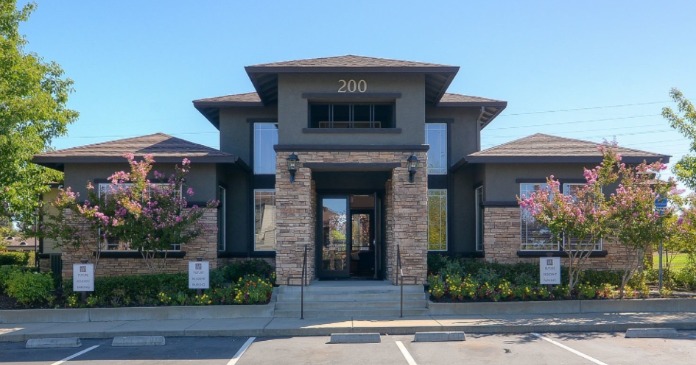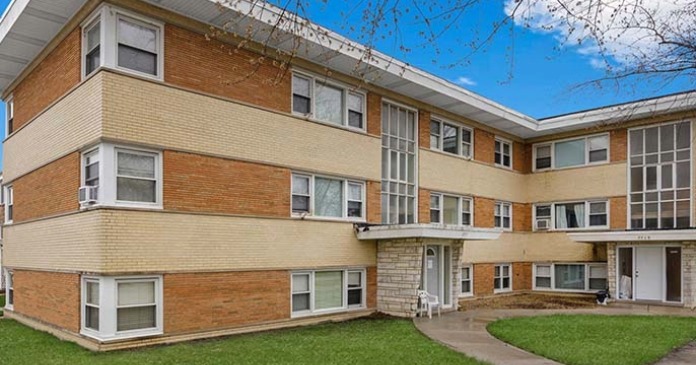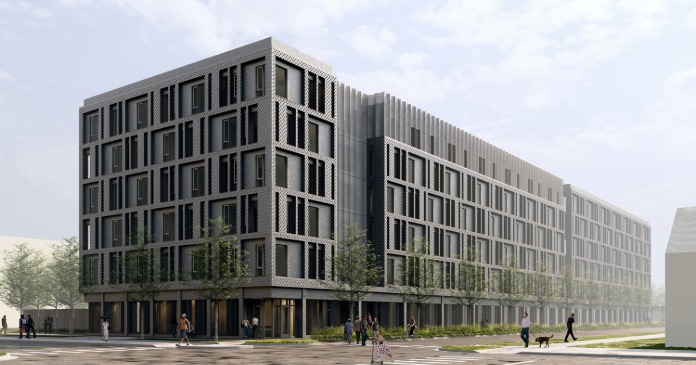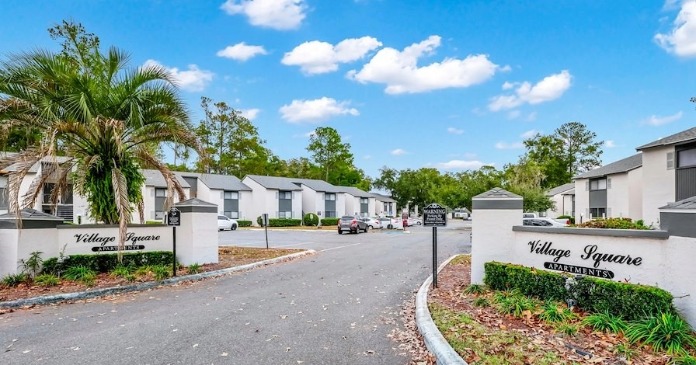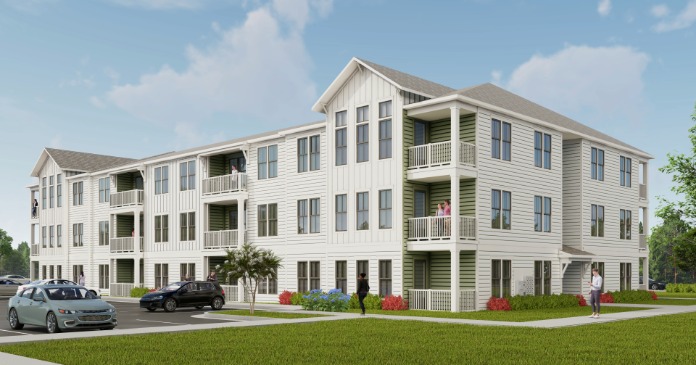As we continue down the “Show me the money” dive into our Ratio Utility Billing System (RUBS) program, we are reviewing each category to see where our opportunities for improvement are. In that spirit, “Let’s talk sewer!” To do so, we need to again talk about flat fees versus RUBS. Recapping the definitions we gave last week: RUBS is a method used in multifamily properties to allocate utility costs (like water, sewer, and sewer) among tenants, especially when individual meters or submeters aren’t feasible. Instead of individual meters, RUBS uses factors like square footage, number of occupants, or a combination of them to determine each tenant’s share of the utility bill. RUBS allocation is different from flat fees in that RUBS charges will fluctuate based on changes in consumption, building occupancy, number of occupants per unit, etc. Flat fees are just…flat. Everyone pays the same amount for the commodity.
As a commodity, sewer is a bit of a wildcard. It is not metered (that’d be the grossest meter ever) so sewer charges may be billed by a provider in different ways:
- Based on the water consumption (with the adage “what comes in, goes out”).
- As a flat, per unit per month charge.
There are potential pitfalls when it comes to accounting for all of your sewer expenses with either approach:
- For sewer charges based on consumption only, knowing which water accounts have sewer charges attributed to them so you can include them in your bill back.
- Assuming that, because you have consumption-based sewer charges, you don’t also have flat fees. You can have both. So, check everywhere.
- Thinking that the flat fees only appear on your water bill. I have had people share with me that “they are not CHARGED for sewer.” They said this joyfully like they had won a prize. The reality is that this is often a little like that scene from the 1981 cinema classic, “Raiders of the Lost Ark” when Indiana Jones and his friend Sallah realize that Belloq is “Digging in the wrong spot!” If you think you are not being charged for sewer so you don’t need to bill it back, check your property tax statement. Oftentimes you will see your sewer charges as line items on your tax bill.
- Assuming that all properties with the same utility provider, or which are even in the same county, will have the sewer charges billed the same way. I had a newly constructed multi-building site where some buildings were completed in one year and other buildings were completed in another year. Some of the buildings were billed on the tax bill and some were billed based on consumption from the water bills!
After you have solved the “Have I captured it all” conundrum, the next step is to determine if you are going to bill back sewer charges as an allocation or as a RUBS charge. The important thing here is how you look at it from a recovery standpoint. Many people have one GL category for Water/Sewer expense. This can be problematic when determining if your recovery is appropriate, particularly when the sewer charges are on the property tax statement. It becomes difficult to determine your actual rate of recovery.
Even if all your expenses are in one GL code, I recommend breaking out your sewer recovery from your water recovery. That way, when sewer expense is in the property tax charges, you can get a better view of your water recovery (which we will discuss later.)
Once you start showing yourself your money, it can be eye-opening how much money you might be leaving on the table.


